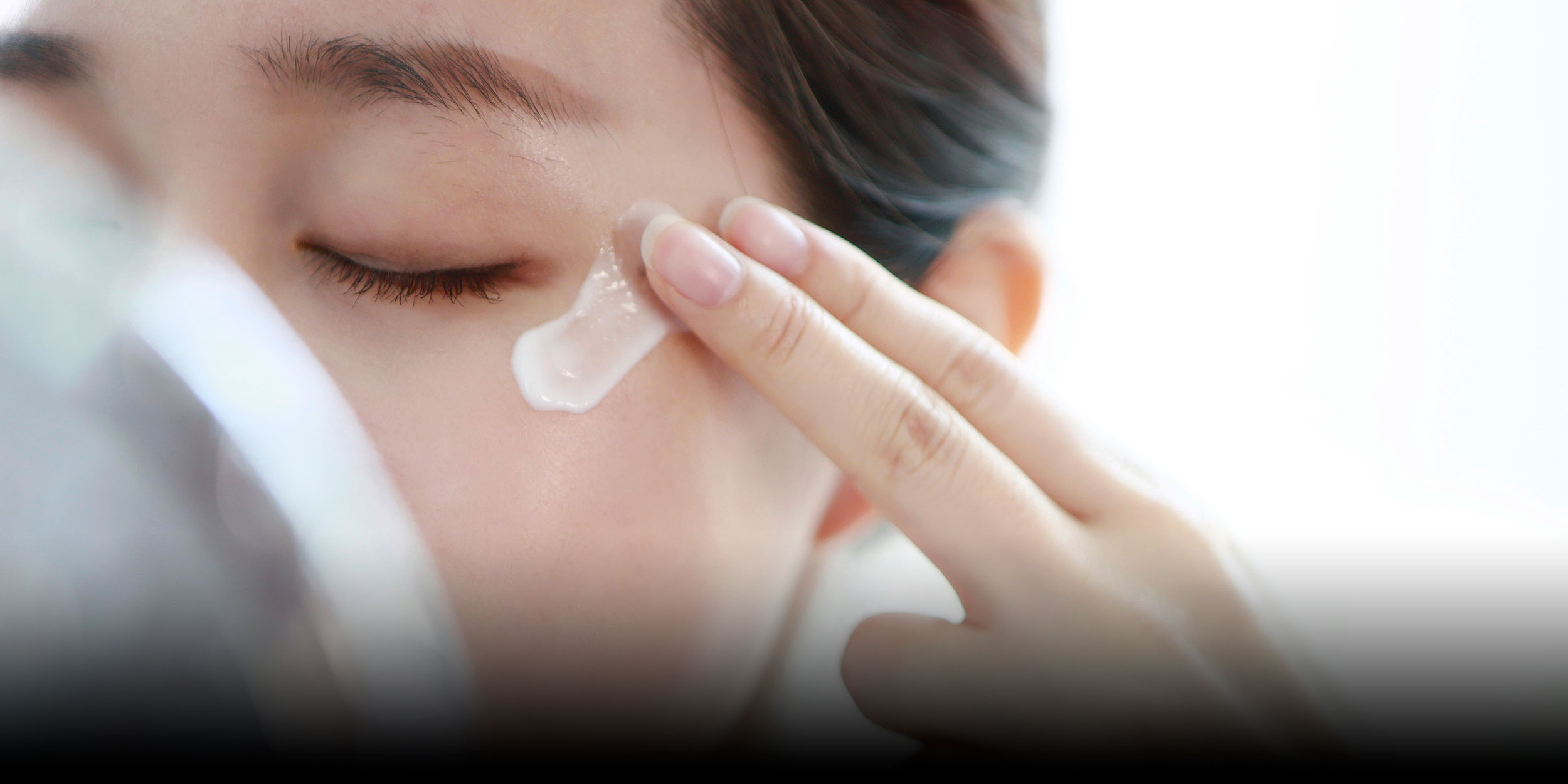A banned industrial dye linked to cancer has been found in several well-known skin care products sold across China, according to a third-party testing report that has reignited debate over product safety and gaps in regulatory testing.
In a video posted Sunday, Chinese consumer testing group Laoba Pingce said it detected trace amounts of Sudan Red — a banned industrial dye — in skin care products from several major domestic and international brands. The reported concentrations ranged from about 400 to 2,000 micrograms per kilogram.
A synthetic industrial dye once used to color plastics and waxes, Sudan Red has been banned in food and cosmetics worldwide for more than two decades because of its links to genetic toxicity and cancer risk.
The timing of the allegations — amid Double 11, China’s largest shopping festival — has amplified consumer concern. By Thursday, the topic had garnered more than 10 million views on Chinese social media, with widespread calls for tighter ingredient screening and improved supply chain accountability.
Known in English as DaddyLab, Laoba Pingce is an independent testing lab from the eastern city of Hangzhou, which has built a following of over 23 million on Douyin, China’s version of TikTok.
The group is known for exposing safety issues in everyday products, including illegal antibiotic additives in baby cream, excessive fluorescent agents in sanitary pads, and hazardous materials in school construction, which later became known as the “toxic running track” scandal and drew national attention.
Laoba Pingce said the contamination likely originated from plant-based colorants supplied by a raw-material manufacturer, suggesting that some batches may have been adulterated. The colorants themselves do not naturally contain the banned dye, raising suspicions that suppliers may have illegally mixed in synthetic pigments to enhance color stability.
Experts say the issue stems in part from the instability of natural pigments, such as anthocyanins and carotenoids, which can degrade when exposed to light or changes in acidity. “Because these natural colorants are unstable, some raw-material suppliers may try to pass off synthetic dyes as plant-based alternatives,” Bing Han, a dermatologist at Shanghai’s Tongji University, told domestic media.
According to Laoba Pingce, many cosmetic brands may not have been aware of the contamination, since Sudan Red is not among the substances — such as heavy metals and microbial contamination — typically screened for in routine safety checks. The platform urged companies found to have Sudan Red in their products to conduct immediate internal reviews.
Industry analysts say the case also exposes a blind spot in product testing. “A composite raw-material mix can contain hundreds or thousands of compounds, making it nearly impossible to screen for every possible contaminant,” explained a formulation scientist quoted by domestic media. “If no one suspects a particular banned chemical, it often goes undetected — much like during the melamine scandal years ago.”
Most of the products identified in the investigation remain available for sale online. Several brands, including domestic labels, said their items had passed official safety inspections and were registered with China’s National Medical Products Administration, but that they had sent the affected batches for retesting as a precaution.
Some skin care analysts and influencers noted that the detected concentrations were relatively low and that per-use exposure was minimal, suggesting limited short-term health risks.
The controversy has also reignited discussion about the beauty industry’s pursuit of “natural” ingredients.
“Brands should rethink their obsession with natural pigments,” said the formulation scientist. “Artificial colorants aren’t necessarily more dangerous, but the blind worship of ‘natural’ ingredients can push suppliers toward risky shortcuts.”
They added that clearer testing standards are needed to define which banned substances should be included in routine inspections. “Even if Sudan Red is eliminated, what about the next one? Ingredient lists can be extremely long, and it’s unrealistic to test for everything,” they said. “Better detection methods are essential — but that will take time.”
Editor: Apurva.
(Header image: VCG)
link

